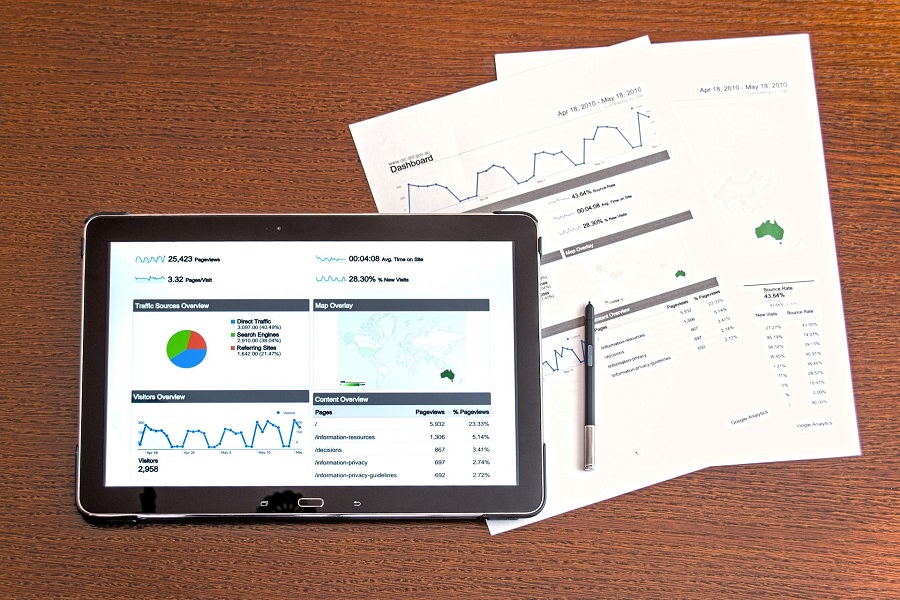The End of July Headline Numbers for the US Economy: Some Follow-Up Thoughts

The US economic headlines on July 30th were quite ugly. Second quarter 2020 US Gross Domestic Product (GDP) declined by 32.9% on an annualized basis and confirmed that we are in a recession this year. This decline was driven by an annual drop of nearly 35% in consumer spending for the quarter. Although a decline was expected given the devastating impact of the Covid-19 pandemic, it was the largest GDP decline since at least the 1940s. By comparison, GDP dropped by 8.1% in the fourth quarter of 2008, during the global financial crisis (GFC).
If we look at what happened during the GFC, we might expect a large correction in the stock market. In 2008, the S&P 500 Index declined by 37%. Will history repeat itself? Given that the stock market mostly recovered from its initial February to March selloff earlier this year, and that we are in a different financial world than before, the result could be different. Below are some factors which may drive the response of the financial markets:
What factors might be key in keeping equity markets steady or on an upward trend?
- The Federal Reserve Continues Its All-In Support: The Federal Reserve (Fed) has pumped trillions of dollars to support the financial markets and has pledged to keep interest rates at or near zero for the indefinite future. This has essentially provided a floor on stock prices for investors.
- The Biggest Stocks Continue Their Dominance: The 5 largest stocks by market capitalization (Apple, Facebook, Google, Amazon and Microsoft) have dominated market returns over the past few years. These five stocks have returned around 35% in 2020, while the rest of the S&P 500 has declined by 5%. Not surprisingly, these technology stocks have benefited from the stay-and- work at home environment during the Covid-19 pandemic. So long as their earnings remain strong, these 5 are likely to continue to dominate equity markets.
- Federal Stimulus Continues: The initial Coronavirus Aid, Relief, and Economic Security (CARES) Act of over $2 trillion provided additional unemployment insurance benefits and stimulus payments to qualified households. Congress is negotiating an additional relief package of at least $1 trillion, though the details and timing are currently uncertain.
- Retail Investors Continue as a Force: These investors include those with zero commission accounts through brokers such as Schwab and E-trade, as well as those utilizing apps such as Robinhood. They have transacted heavily in the market and have bought in, based on favorable news, rumors, and/or their attempts to time the market.
What might drive a reversal or major equity market correction?
- The Federal Reserve Becomes Less Supportive: The biggest threat to Fed accommodation is inflation. Right now, inflation is below the Fed’s 2% target, but the longer term fear is that Federal deficits, an eventual economic recovery or supply chain issues (such as higher food prices from shortages) could cause the Fed to pull back their support for fear of exceeding its inflation target. For example, when the Fed raised interest rates at the end of 2018, the stock market immediately sold off.
- The Biggest Stocks Become Too Expensive: Valuations for these stocks, such as price to earnings, have been at or near record, dot-com like levels for several years, but investors have largely ignored these elevated prices. If earnings slow down or there is continued anti-trust pressure to regulate or break up companies (such as Facebook), these valuations may become concerning.
- Federal Stimulus is Not Enough: There is currently wide disagreement in Congress over the scope and size of an additional stimulus package. This is concerning, given that additional unemployment payments under the CARES Act have expired, new unemployment claims are rising, Covid-19 resources are needed, and state and local budgets are running large deficits. Although there will be a stimulus package agreed upon over the next few weeks, investors may view it as insufficient and therefore a negative for the markets.
- Retail Investors May Turn In the Other Direction: Unlike institutional investors, these investors may run away from their favorite stocks as quickly as they rushed in to them. Will Tesla be able to maintain its skyrocketing price which has increased over 250% in 2020? Will these retail investors decide that the Fed is not maintaining the high level of support they’re expecting?
Despite the July 30th headlines, it is impossible to predict how the above forces will play out in the market over time. However, regardless of its direction, we expect significant volatility in stock prices. Maintaining a diversified portfolio remains a critical part of a solid and well-planned investment strategy.
NOTE: Information presented herein is for discussion and illustrative purposes only and is not a recommendation or an offer or solicitation to buy or sell any securities. Past performance is not a guarantee of future investment results. Diversification does not guarantee a profit or protect against loss.